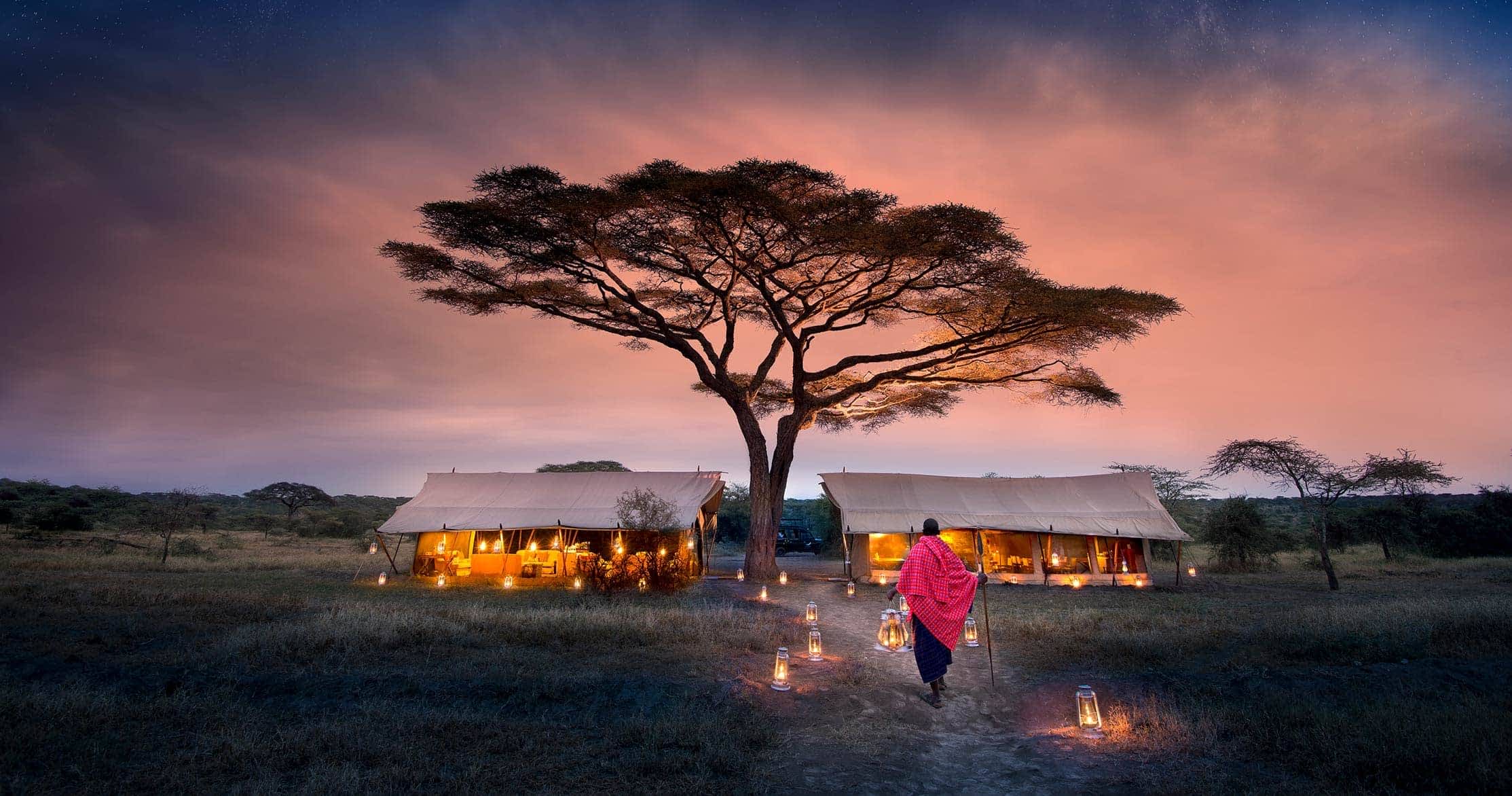Tanzania
Tanzania is a diverse and beautiful East African country known for its stunning landscapes, wildlife, and rich cultural heritage. Whether you’re interested in exploring wildlife in national parks, relaxing on pristine beaches, or experiencing vibrant local cultures, Tanzania has something to offer every traveler.
Tanzania is among the best in Africa and one of the most popular choices with our guests, not least because it is a prime location for the classic ‘bush and beach’ trip. Tanzania is best known for safaris in the Serengeti and Ngorongoro, treks on Mount Kilimanjaro, and the beaches of Zanzibar. It is a very cool country whose more famous locations make for an ideal and adventurous first safari. It also contains an incredible array of lesser-known and equally alluring locations that cry out to be explored.

1. Visa and Entry Requirements:
Check the visa requirements for your nationality before traveling to Tanzania.
Ensure your passport is valid for at least six months before departure.
2. Best Time to Visit:
The dry season is the best time for wildlife safaris from June to October.
The wet season is ideal for birdwatching and lush landscapes from November to May.
3. Health and Safety:
Consult with a travel clinic for necessary vaccinations, including yellow fever.
Malaria is present in some regions, so take prophylaxis and use mosquito repellent.
Drink bottled or purified water to avoid waterborne diseases.
4. Currency:
The Tanzanian Shilling (TZS) is the official currency. Credit cards are widely accepted in urban areas, but carrying some cash in rural areas is advisable.
5. Transportation:
Domestic flights are common for reaching distant destinations quickly.
Public transportation includes buses and shared taxis. For more flexibility, consider hiring a private driver or renting a car.
6. National Parks and Wildlife:
Serengeti National Park and Ngorongoro Conservation Area are famous for the Great Migration and diverse wildlife.
Tarangire National Park is known for its large elephant herds.
Consider visiting Selous Game Reserve and Ruaha National Park for a more off-the-beaten-path safari experience.
7. Mount Kilimanjaro:
If you’re up for a challenge, consider trekking to the summit of Mount Kilimanjaro, Africa’s highest peak.
Plan your climb carefully, considering the different routes and acclimatization.
8. Zanzibar Archipelago:
Explore the historical Stone Town on Zanzibar Island.
Relax on the beautiful beaches of Zanzibar, known for their white sand and turquoise waters.
Consider visiting the neighboring islands of Pemba and Mafia for a quieter experience.
9. Cultural Experiences:
Engage with local communities and learn about traditional customs and rituals.
Attend local markets, such as the Maasai Market in Arusha, to shop for handmade crafts and souvenirs.
10. Language and Communication:
Swahili is the official language, but English is widely spoken in tourist areas.
Learning a few basic Swahili phrases can enhance your experience and interactions with locals.

